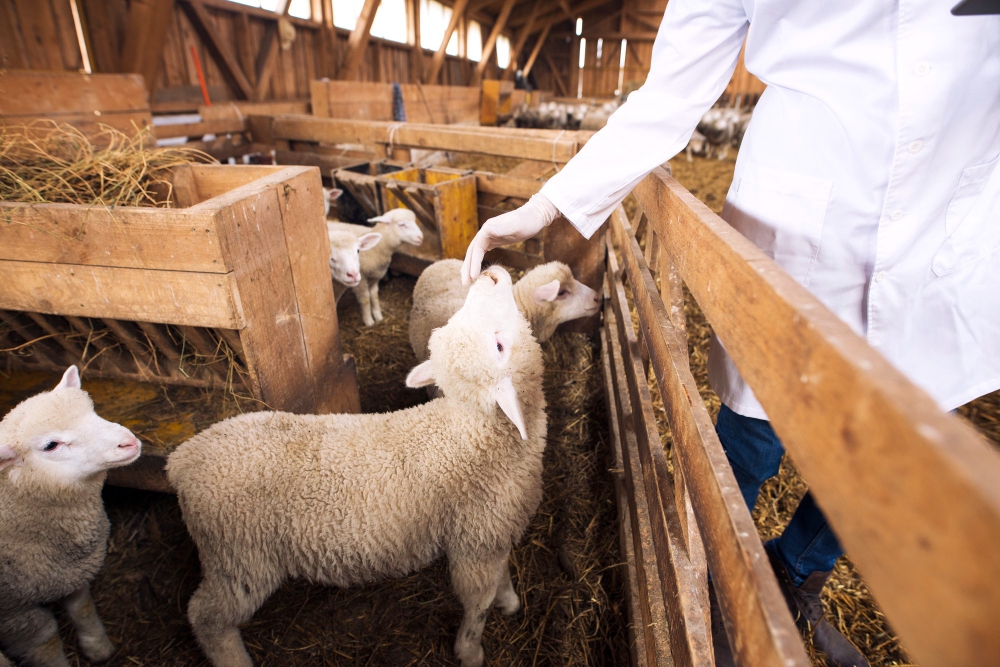
Wool harvesting has been an integral part of Australia's economy since time immemorial. A skilled shearer can shear more than 200 sheep per day, with every sheep weighing around 70 kilograms. This physically demanding task makes it hard for workers to keep going. The average daily energy usage of shearing is 80% of the daily energy expenditure for participants in the Tour de France.
Moreover, shearers usually have short careers - average workers stay in the industry for around five years. If someone remains in the industry for more than ten years, there is a high risk of sustaining permanent injuries. But the risks should not discourage young shearers from joining the workforce!
After all, shearing is a lucrative opportunity in Australia - you can make AUD 23 an hour and AUD 46,995 a year. As an aspiring shearer, you should know about health injuries and risks. Here, we mention common shearing injuries and ways to deal with them.
Catch-and-drag injuries
Many shearers perceive that injuries are related to the catch-and-drag process. While the injuries do not occur during the procedure, the reason is linked to how you shear. The forces experienced during catch-and-drag are likely to be within the capacity of a shearer's body. However, the stooping posture leads to muscle fatigue while shearing. The stretch refers to a slack in the lower back muscle affecting the capability to stabilise. Now, the fatigue and slack in the muscle indicate that the forces might go beyond what a shearer's body can withstand.
If you are careful about this problem, you can avert the consequences.
To use wearable sensors to send alerts
You can use wearable sensors with potential features of posture and muscle activity. One of the features is to predict early warning of lower back injuries. If you identify the variables for injury risk, you can stay alert and change your shearing process.
Staying alert to prevent fatal injuries
Precaution is mandatory, without fail. Sometimes stitching a large shearing wound can keep risks of contamination at bay. So, make sure you have needles and cotton in an antiseptic solution. Keep the stitches less than 3cm apart and spray the area with an antiseptic solution.
Furthermore, it is vital to strategise safety solutions and reduce disruption. If you have something to add, please leave a comment below.


You must be logged in to post a comment.
click here to log in